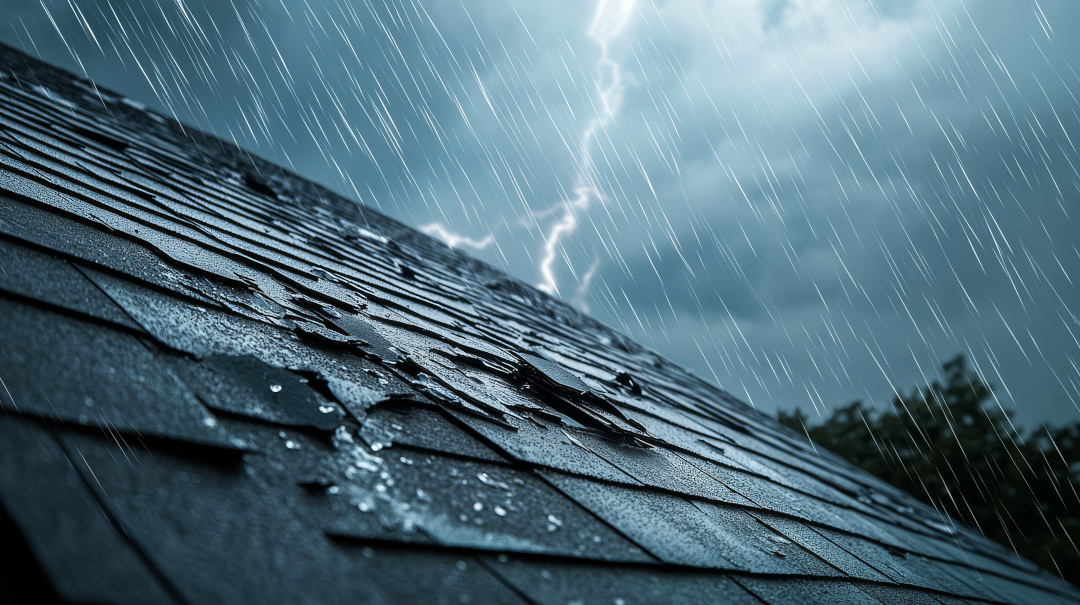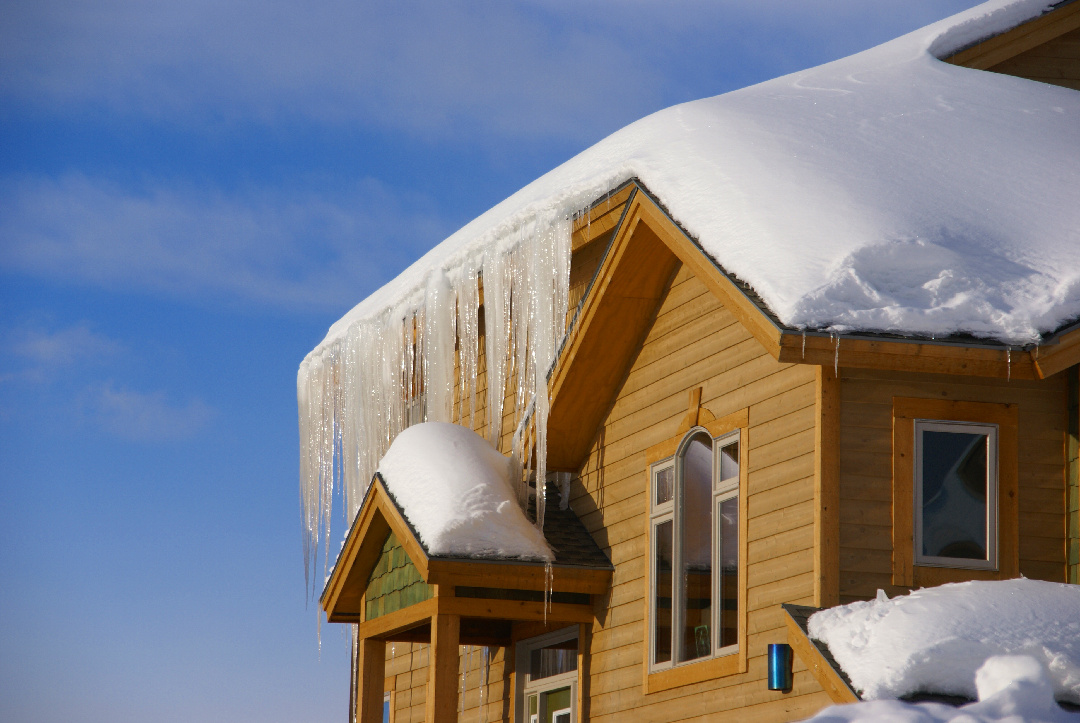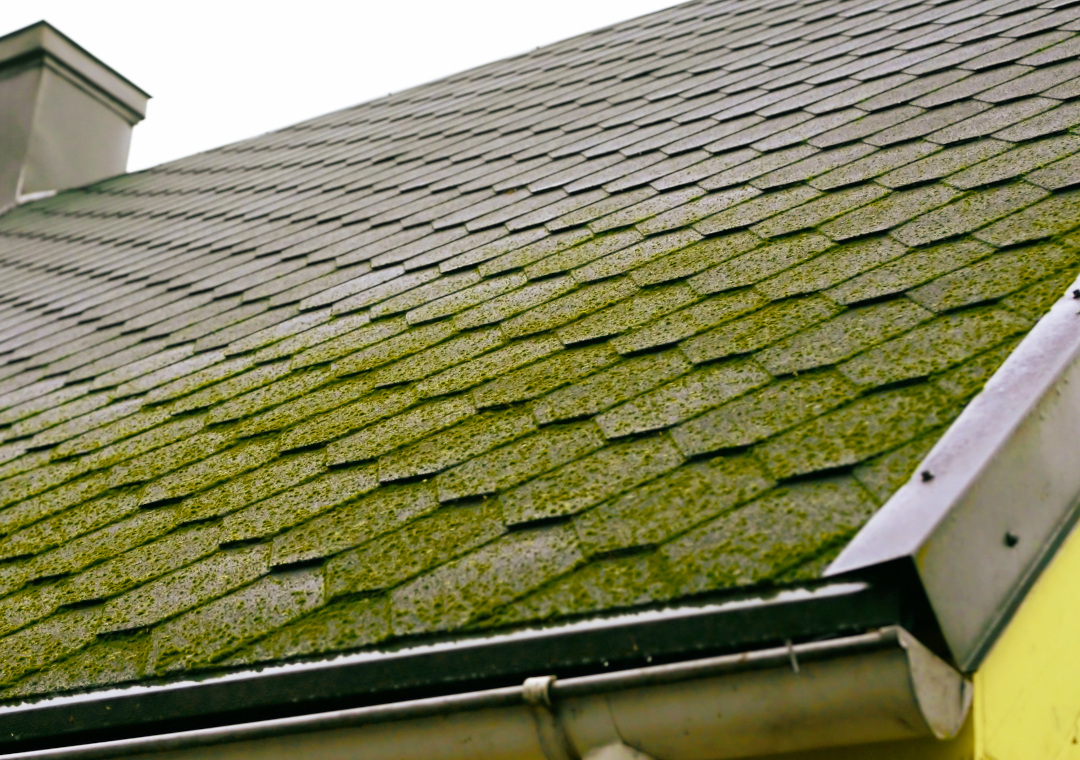
Get the most out of your roofing investment by choosing the best materials and maintaining your roof so it reaches its maximum life expectancy.
If you’ve recently replaced your roof or built a new home, it’s important that you understand the lifecycle of your roof and how long it is expected to last. This will help you make sure it is cared for from the outset so that you get the most value possible from your roof. A knowledgeable contractor can also help with any questions or concerns that arise during installation or later on.
There are several factors that affect your roof’s lifespan. These include:
• Roofing materials – The type of material and its location on the roof can affect how long it lasts. For example, asphalt shingles have a much shorter lifespan than standing seam metal roofs because they are more heavily exposed to UV rays and rainwater drip.
• Roofing installation techniques – Flashing details and caulking around the perimeter of your home’s structure help prevent water damage from leakage during heavy rainfall (or other weather conditions).
• Maintenance – Scheduling maintenance with an experienced professional will prevent costly repairs down the road
Roof Types and Materials
Environmental factors, proper installation and care, and the type of materials used all contribute to your roof’s expected lifespan. Materials will not last forever, and while some are more durable than others, they all have their limits and can be damaged by environmental factors like wind and moisture.
Your choice of roofing material depends on a variety of factors, including your location’s climate and the look you’re trying to achieve. Roofing materials vary in cost, durability, and appearance, becoming an important decision both aesthetically and financially.
Metal roofs tend to be the most durable and are on the more expensive side. However, they can last significantly longer than shingles, often lasting 40-70 years. Metal roofs also are not as prone to damage, but homeowners should still do regular checks to make sure no repairs are needed.
Asphalt shingle roofs, the most common roofing material in the U.S., are often more affordable than metal but won’t last as long. Most asphalt shingle roofs last 15-20 years depending on the climate where you live. So if you live in a house long-term, you can expect to replace the roof at least once or twice while there.
Roof Maintenance to Increase Lifespan
It is important to maintain your roof to maximize its life expectancy. Keeping the points below in mind will help you keep your roof looking its best and reduce the need for repairs or replacement:
• Keep your gutters clean so they don’t clog up with debris or water and cause leaks in the ceiling below.
• Do not drag heavy items onto the roof, as this can cause damage over time.
• Check for damaged shingles and flashing on a regular basis.
• Check for leaks in the attic and around eaves and chimneys.
• Check all roof vents regularly, especially if they’re located near gutters because they may collect debris.
When Is It Time to Replace Your Roof?
The International Association of Certified Home Inspectors recommends that homeowners replace their roofs every 20-25 years or after they have been severely damaged.
When it is time to replace your roof, be sure to shop for a reputable contractor who offers quality materials and has lots of experience in the industry. You may also want to ask about their warranty or service contracts. A good contractor should be able to show proof of general liability insurance and workers’ compensation as well as be bonded and insured. Utilize our roof calculator for an estimate on a new or replacement roof.
Are you ready to get a roof replacement? We’re here to help! Call one of our roofing experts today at 937-298-8664 for a free roofing consultation and estimate.

Essential Roofing Considerations for Springboro, Ohio Homeowners

The Cost of Neglect: Why Year-Round Roof Maintenance Saves Money

Understanding & Preventing Ice Dams to Protect Your Home

Storm Chasers & Insurance Trends: What Homeowners Need to Know

